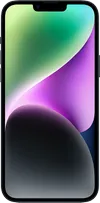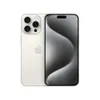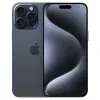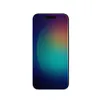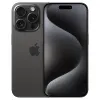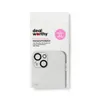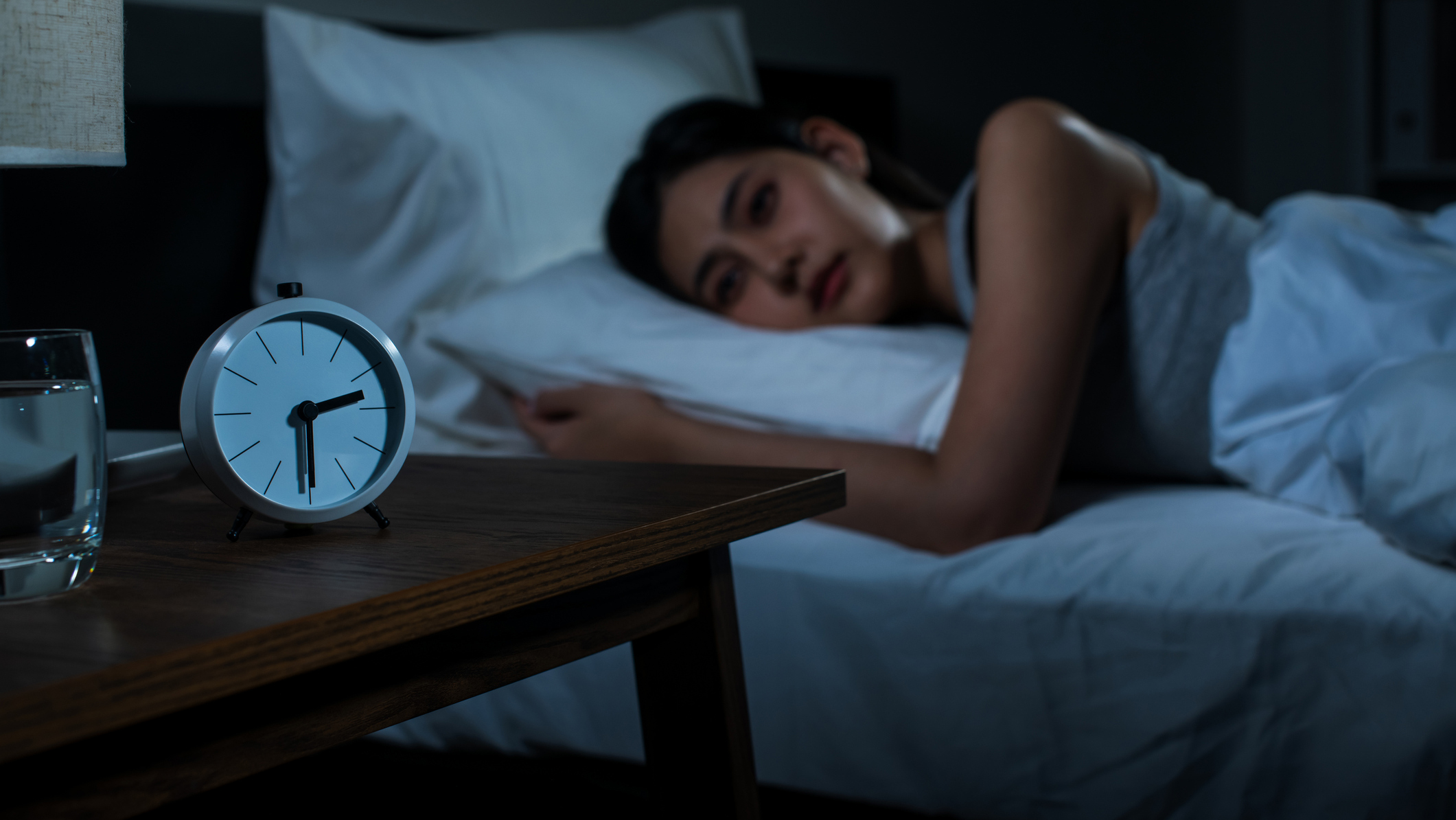iPhone 16 and iPhone 16 Pro displays — 5 biggest rumors for the new iPhones
Here's what we've heard about the screens on this fall's iPhones
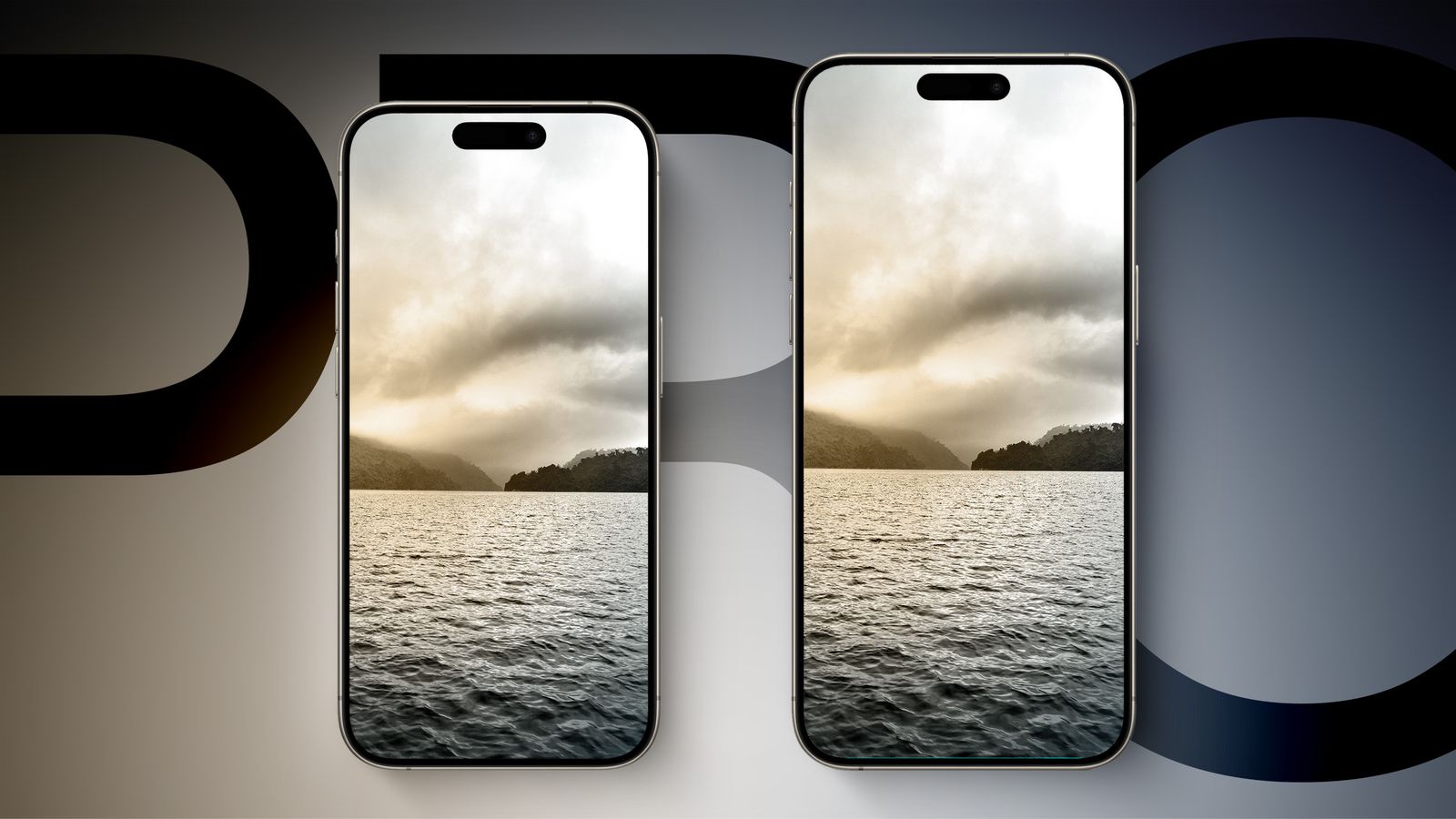
Your smartphone's screen is what you spend most of your time staring at, so naturally, phone makers have plenty of incentive to spruce up the panels included with new phone releases. Expect the iPhone 16 to follow suit when it comes out later this year, bringing some rather significant display improvements to each of the four new models.
As we've previously reported, displays have become a critical way for phone makers to differentiate their devices — hence, the push to add brighter screens with fast refresh rates to the best phones. Certainly, last year's iPhone 15 releases didn't pass up the opportunity for a display upgrade, with the standard iPhone getting a brighter panel and Apple shrinking the bezels around the iPhone 15 Pro screens.
Expect the improvements to continue with the iPhone 16 and iPhone 16 Pro models this fall. We've been tracking rumors about all the changes to the upcoming phones, and displays sound as if they'll be a particular area of focus. Here are the biggest rumored display improvements slated for the iPhone 16, along with what those changes might mean for anyone who's mulling an upgrade to those phones.
If you're curious about what upgrades that display could end up showing, have a read of our iOS 18 hub. And also our macOS Sequoia hub to learn more about iPhone Mirroring, a feature that could mean your iPhone's own display is a lot less important than it once was.
New screen sizes for the iPhone 16 Pro models
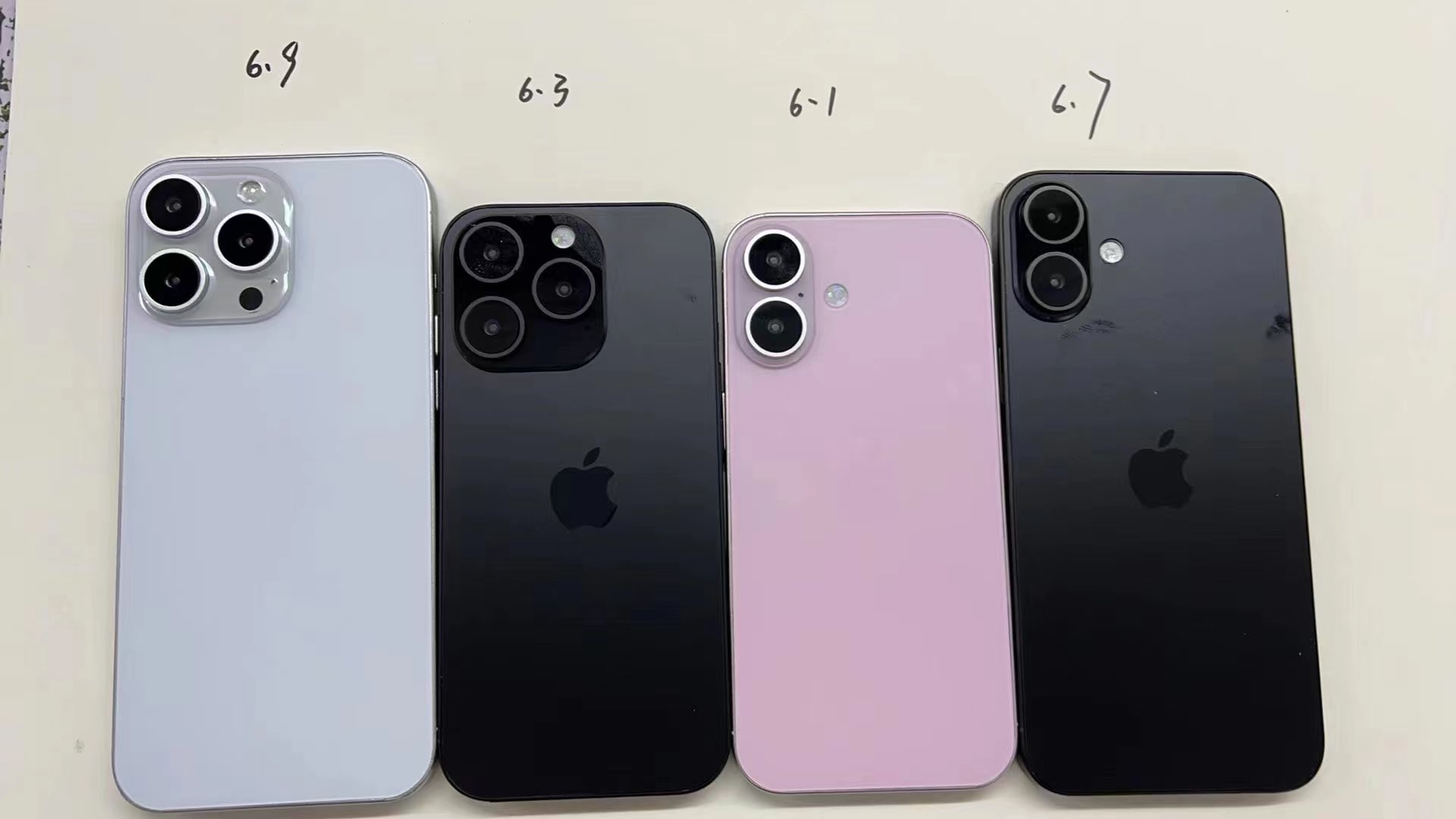
This could be the biggest display change to this fall's iPhones in a quite literal sense. Initial rumors tips the displays on the iPhone 16 Pro and iPhone 16 Pro Max to increase from the sizes first established with the iPhone 12 Pro models in 2020.
According to the screen size rumor, the iPhone 16 Pro would offer a 6.3-inch display, up from the 6.1-inch screen on the iPhone 15 Pro. Likewise, the iPhone 16 Pro Max would feature a 6.9-inch panel compared to the 6.7-inch screen on the iPhone 15 Pro Max.
Since talk of larger iPhone 16 Pro displays first surfaced, the evidence has only mounted that Apple's going to make this change. We've seen dummies of the iPhone 16 lineup reflecting the new screen sizes as well as iPhone 16 Pro renders.
Sign up to get the BEST of Tom's Guide direct to your inbox.
Get instant access to breaking news, the hottest reviews, great deals and helpful tips.
Adjusting the iPhone 16 Pro display size would further differentiate the Pro models from the iPhone 16 and iPhone 16 Plus, as those latter two phones are expected to keep their 6.1- and 6.7-inch screens sizes. Making the Pro models stand out has been a big part of Apple's smartphone strategy in recent years, so this would fall in line with that approach.
From a practical purpose, the expanded display would give iPhone 16 Pro owners more screen space to work with. And it would also give the iPhone 16 Pro model specifically more room to house a tetrarism telephoto lens — one of the camera improvements rumored for the iPhone 16 Pro.
A brighter display
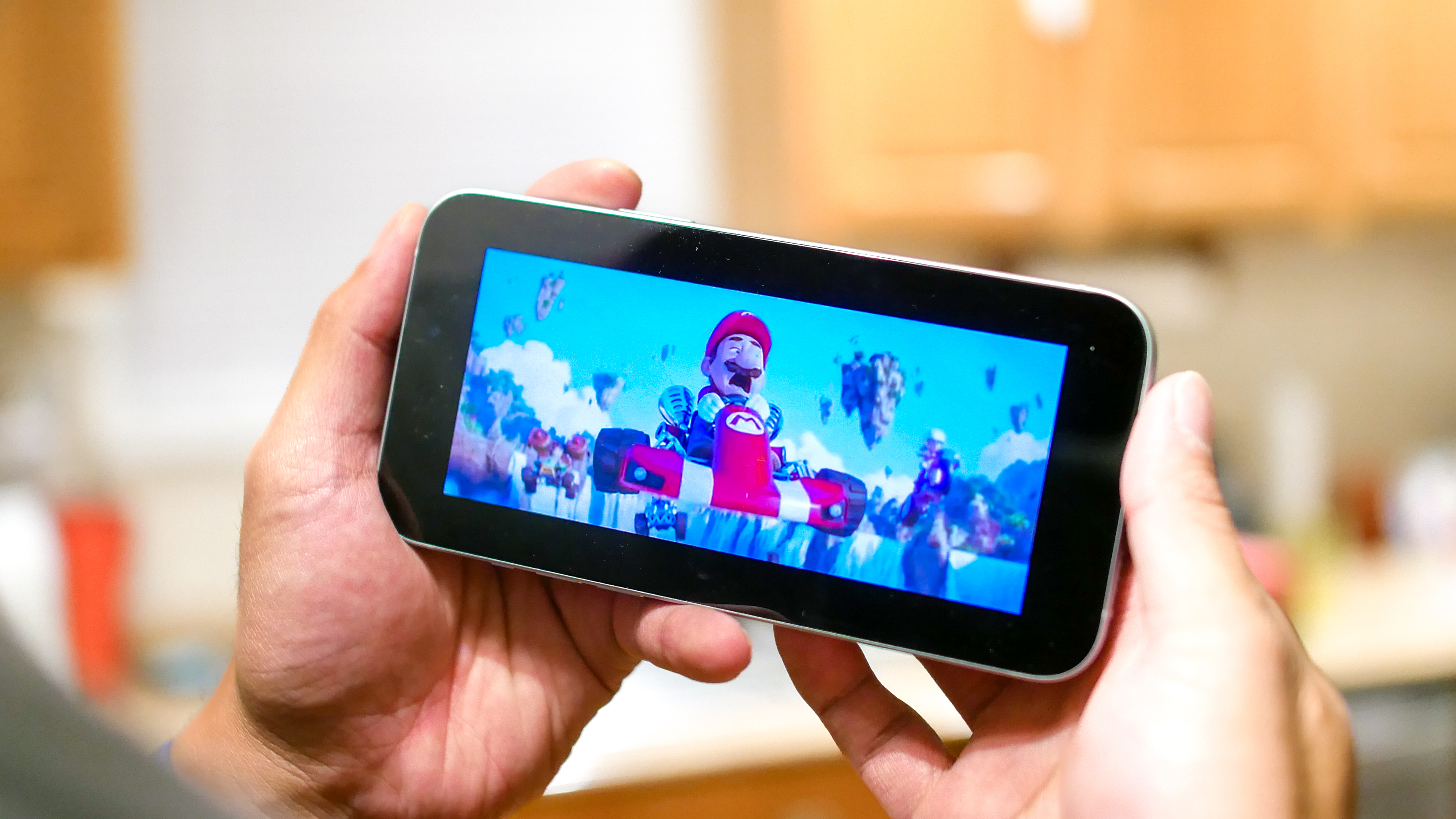
As we noted, the iPhone 15 saw its display get a boost to a peak HDR brightness of 1,600 nits while its maximum outdoor brightness rose to 2,000 nits. Rumors say it'll be the Pro models' turn to see a similar increase this fall.
Specifically, a leaker on Weibo predicts a 20% improvement to the brightness level on the iPhone 16 Pro (and presumably, the iPhone 16 Pro Max as well). The brightness boost apparently applies to typical use, or SDR content, with the iPhone 16 Pro retaining the 1,600-nit maximum for HDR content that's found on current iPhones.
It's unclear if the improvement to brightness would also extend to the standard iPhone 16, but Apple would certainly have plenty of motivation to use brighter panels if possible. The Galaxy S24 models released by Samsung earlier this year promise a maximum brightness of 2,600 nits, while the OnePlus 12 claims it can rech 4,500 nits under certain conditions. (That didn't happen in our testing, though the 1,115 nits we measured in SDR is plenty bright.) Even the midrange Pixel 8a display can match the maximum brightness of Google's flagship phones.
In other words, Apple's key competitors are all making their phone screens brighter. It will be intersting to see if Apple follow suit.
More efficient displays

Brightness is just half the battle with display specs. You also want a panel that's not draining your phone's battery. And it sounds like Apple's hoping to make progress in that regard with the iPhone 16.
Last year, a rumor surfaced that Samsung Display — which supplies many of the panels that Apple uses for its phones — planned to replace blue fluorescent technology with blue phosphorescence technology on a new OLED material set. The move would boost power efficiency on the display, theoretically helping phones equipped with that particular panel to last longer on a charge.
For this rumor to effect the iPhone 16, you'd have to make some logical leaps — first, that Samsung Display is going to provide the panels for this year's iPhones, and then that this more-power efficient OLED panel will be ready in time for the iPhone 16. Still, with battery life a key focus for so many phone makers, you'd expect that Apple would jump at the chance to use components that might improve the already impressive longevity of its iPhone models.
Thinner bezels for the iPhone 16
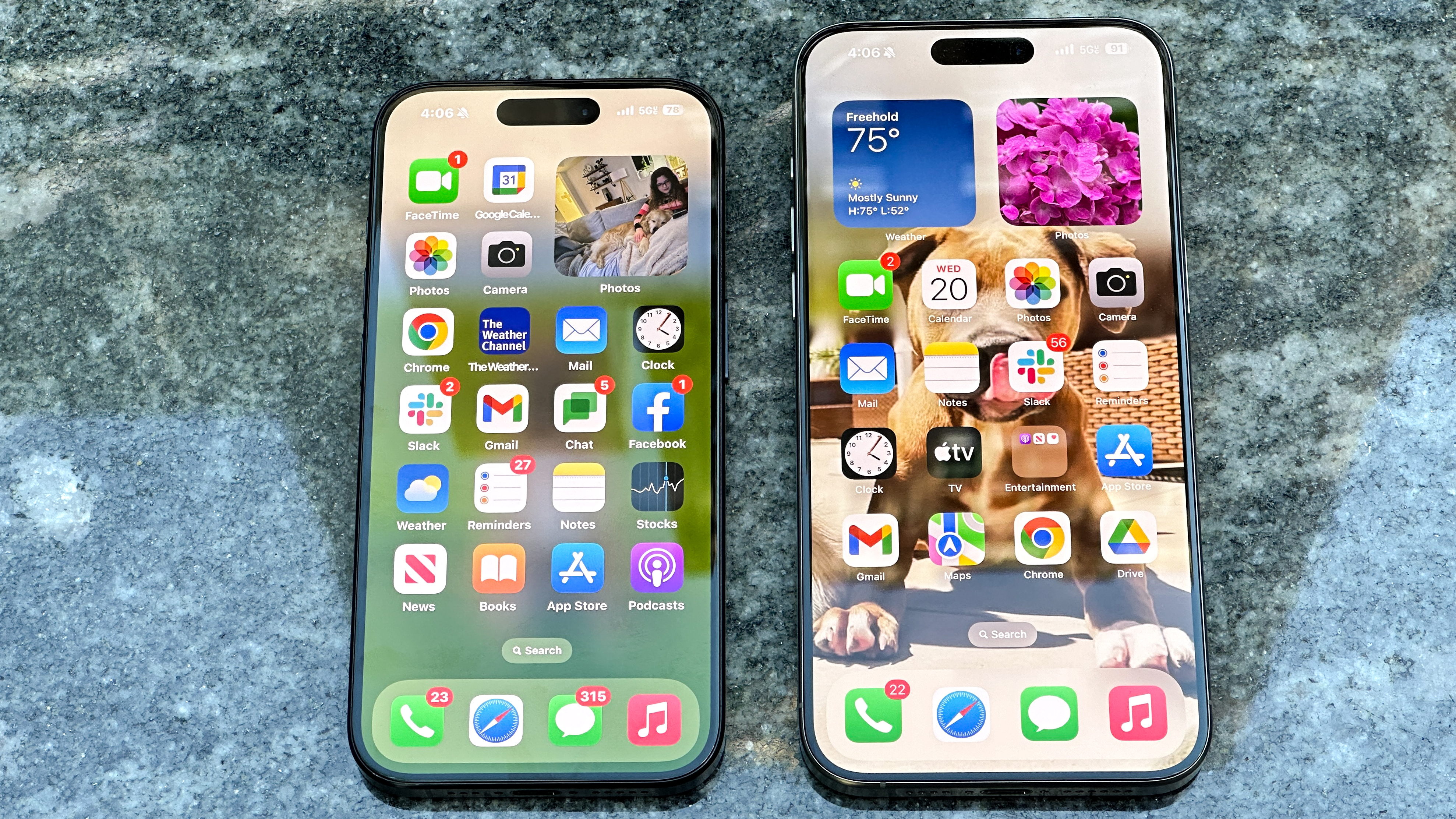
Of all the rumored changes to the iPhone 16's displays, this seems the least likely to happen, but we'll share it anyhow. Display makers are turning to a new process called Border Reduction Structure that makes changes to wiring and circuitry to allow the bottom bezel on phone displays to get thinner. On devices like the iPhone, which have symmetrical bezels, that would translate to thinner bezels all around.
So what's the issue here? The BRS process can complicate screen manufacturing, so suppliers are reportedly struggling to make enough to give Apple the panels it needs for an iPhone 16 launch. As a result, we'd be surprised if this happens though happy if it did.
That's because Apple shrunk the bezels on the iPhone 15 Pro display last year. That resulted in images, videos and other on-display content popping more compared to iPhones with thicker bezels.
No refresh rate changes
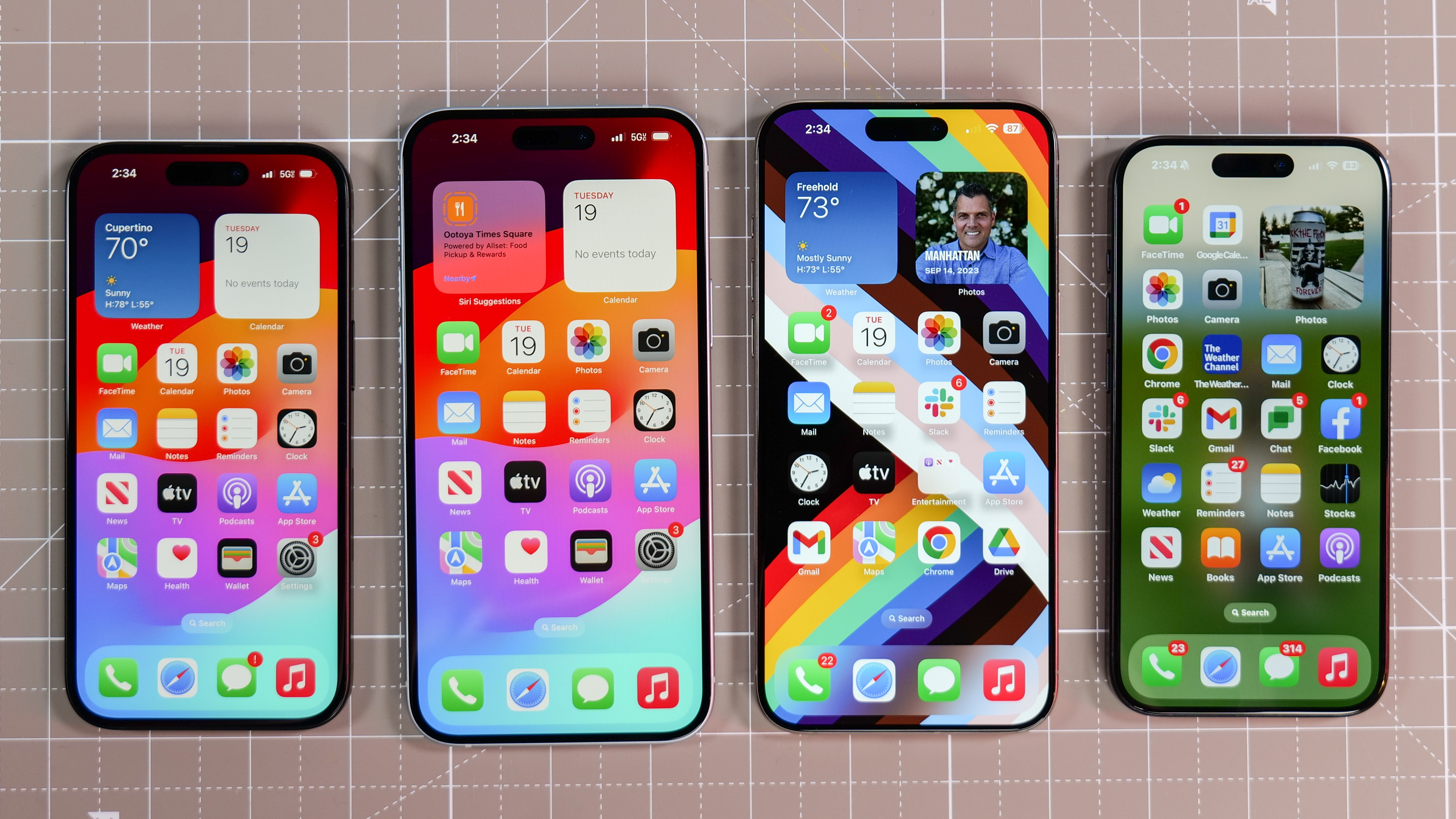
While we're delivering bad news, we might as well talk about an iPhone 16 display improvement that definitely won't happen. While the iPhone 16 Pro and iPhone 16 Pro Max models will continue to feature displays with 120Hz adaptive refresh rates and support for always-on displays, there are apparently no plans for Apple to boost the refresh rate on the iPhone 16 or iPhone 16 Plus. Those phones are expected to continue to have a fixed 90Hz refresh rate.
As a result, if you opt for either the iPhone 16 and or iPhone 16 Plus, you're not going to benefit from smoother scrolling or more immersive graphics. And the lack of always-on display support means that you can't use the Standby feature to its full extent. Standby turns your phone into a smart display when you charge it horizontally, but on phones that lack always-on displays go to sleep after 20 seconds or so.
iPhones with 60Hz screens are using low-temperature polycrystalline silicon (LTPS) panels. To support faster refresh rates, they need to switch to low-temperature polycrystalline oxide (LTPO) panels used for Apple's ProMotion displays. That switch isn't expected to happen until 2025 and the iPhone 17.
More from Tom's Guide
- Massive Apple and OpenAI deal will transform your iPhone — here's how
- iPhone 16 vs. iPhone 16 Pro: Biggest rumored differences
- iOS 18: The biggest upgrades
Philip Michaels is a Managing Editor at Tom's Guide. He's been covering personal technology since 1999 and was in the building when Steve Jobs showed off the iPhone for the first time. He's been evaluating smartphones since that first iPhone debuted in 2007, and he's been following phone carriers and smartphone plans since 2015. He has strong opinions about Apple, the Oakland Athletics, old movies and proper butchery techniques. Follow him at @PhilipMichaels.


